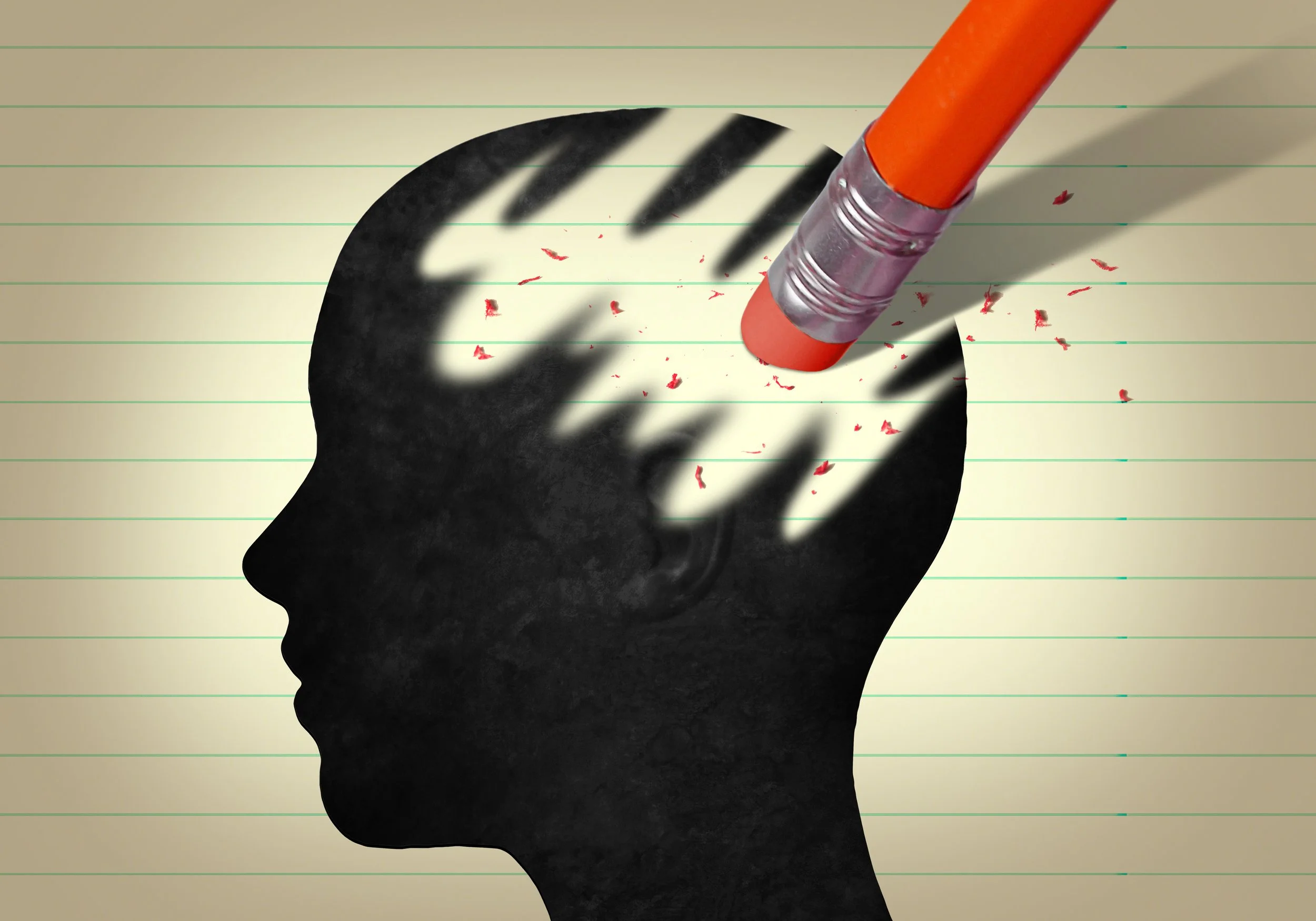Arthritis & Alzheimer’s: What Are They?
Arthritis
Arthritis is essentially the swelling and tenderness of one or more joints. The primary symptoms of arthritis are joint pain and stiffness, which typically worsen with age. The two most common types of arthritis are: osteoarthritis and rheumatoid arthritis.
Image courtesy of Medscape
Arthritis was not actually discovered as a single event, but it was recognized throughout history as an ailment. Reference to arthritis goes far back as 4500 BC. In fact, skeletal remains of Native Americans found in Tennessee showed that the bones belonged to some of the earliest victims of RA. Even today, In 1859, the disease finally acquired its name by British rheumatologist Dr. Alfred Baring Garrod.
Arthritis can not only be physically, but mentally taxing as well. Chronic pain and fatigue from arthritis can trigger depression and anxiety, which psychological stress and inflammation can prolong arthritis symptoms, creating a difficult cycle.
Alzheimer’s
In contrast, Alzheimer’s is a type of dementia that affects memory, thinking, and behavior. Symptoms of Alzheimer’s involve memory issues, impaired judgement, and difficulty with language or performing tasks, which tends to worsen over time.
Alzheimer’s disease was discovered by German psychiatrist and neuropathologist Alois Alzheimer in 1901. While treating a 51-year-old patient, Auguste Deter, he noticed progressive memory loss, confusion, and other cognitive decline. After her death, Alzheimer examined her brain to discover two distinct abnormalities: amyloid plaques and neurofibrillary tangles. He presented his findings at a medical conference in 1906, and his work was later published in 1907.
Many patients often feel fear, anxiety, and sadness upon realizing that they are losing their abilities. Despite the loss of awareness, strong emotions still remain—even if the patient can’t explain them. Alzheimer’s also tend to erode a person’s self-perception, as losing memory means losing connections to one’s life story. This can cause psychological distress both in the patient and in their loved ones, who often feel like they are “losing” the person before they’re physically gone.



